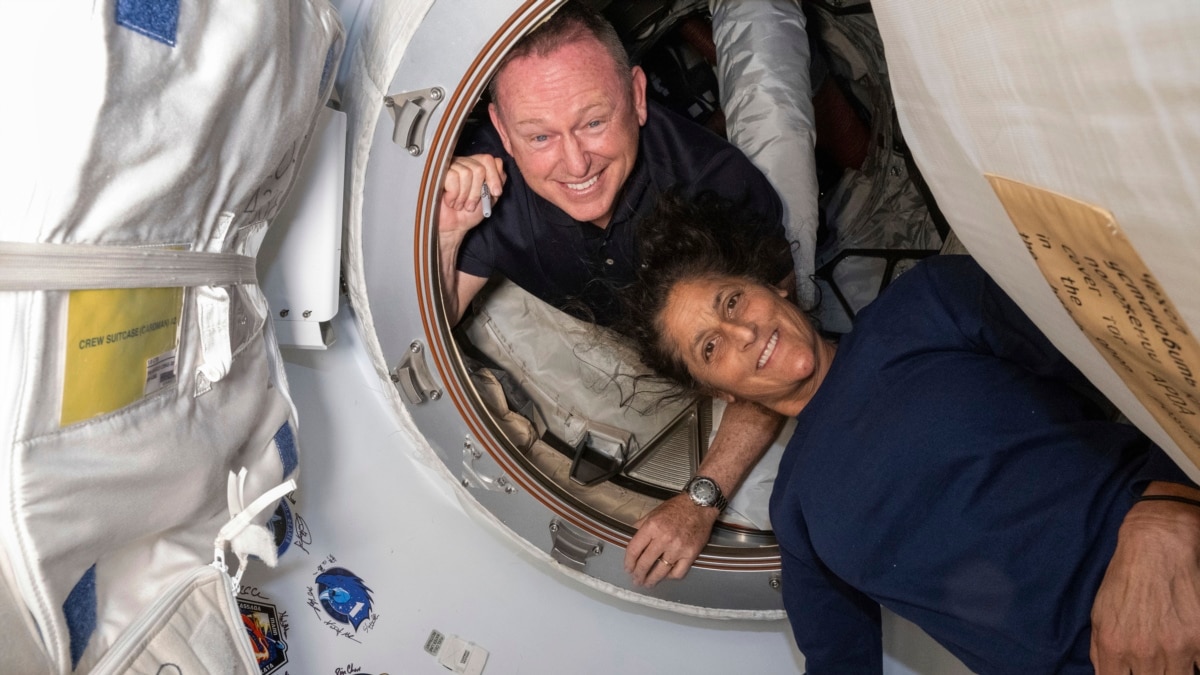
Two NASA astronauts, Suni Williams and Butch Wilmore, have been delayed at the International Space Station (ISS) due to technical difficulties with their Boeing CST-100 Starliner spacecraft. The Starliner experienced several helium leaks and a malfunctioning thruster during its 25-hour flight to the ISS on June 5, 2024. NASA and Boeing are using the astronauts' extra time aboard the ISS to further assess the problems with the thrusters.
The Starliner is a joint project between Boeing and NASA, designed for transporting crew members to and from low-Earth orbit destinations. The spacecraft arrived at the ISS on June 6, but its return journey has been delayed due to these issues. Initially scheduled for a one-week stay at the ISS, Williams and Wilmore are now expected to remain aboard until further notice.
Five of Starliner's 28 thrusters failed after arrival at the ISS. All but one have been restarted and are functioning during tests. Helium leaks were discovered both before launch and upon arrival at the ISS, with a rubber seal suspected of failing, causing the problem.
Boeing has stated that only one thruster is currently offline and it does not present an issue for the return mission. NASA and Boeing are working to resolve these issues as soon as possible to ensure a safe return for the astronauts.
The Starliner's service module contains thrusters, helium lines, and other systems that NASA needs to study before discarding the module upon re-entry and allowing it to burn up. Thruster testing is currently underway at White Sands Testing Ground in New Mexico.
NASA officials have emphasized that the astronauts are not stranded in space, but their return journey has been delayed until these issues are resolved.





